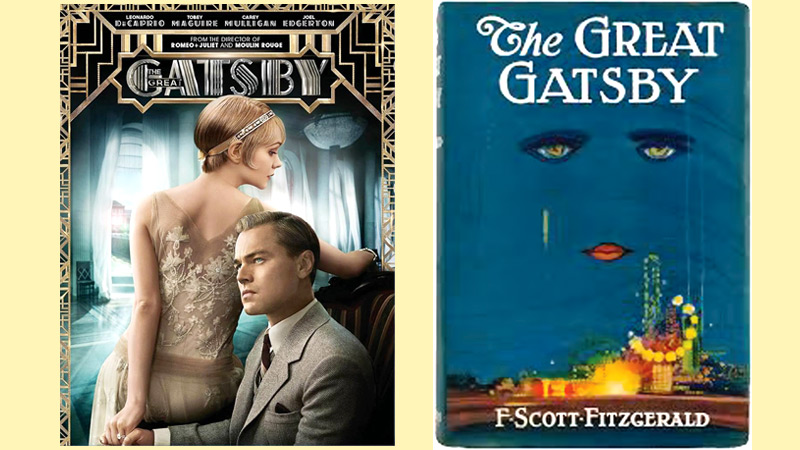Baz Luhrmann’s 2013 adaptation of F. Scott Fitzgerald’s classic novel “The Great Gatsby” is a visually stunning spectacle that captures the opulence and decadence of the Roaring Twenties, while delivering a poignant exploration of the American Dream. Visuals and cinematography Luhrmann’s signature flamboyant style is evident throughout the film.
The lavish parties at Gatsby’s mansion are depicted with vibrant colors, elaborate costumes, and dynamic camera work that immerses the audience in the hedonistic atmosphere of the Jazz Age. The use of modern music, blended with jazz, creates a unique auditory experience that bridges the past with the present, though it may be jarring for purists of the era. Performances Leonardo DiCaprio shines as Jay Gatsby, bringing depth and vulnerability to the enigmatic millionaire.

His portrayal captures Gatsby’s relentless hope and tragic flaws, making the character both endearing and heartbreaking. Tobey Maguire, as Nick Carraway, serves as an effective and relatable narrator, though his character sometimes fades into the background amidst the more vibrant personalities. Carey Mulligan’s Daisy Buchanan is appropriately ethereal and conflicted, embodying the allure and ultimate hollowness of Gatsby’s dreams.
The screenplay stays largely faithful to the source material, with Luhrmann adding his own stylistic flourishes. Some critics argue that the film’s focus on visual extravagance overshadows the novel’s more subtle criti.
















